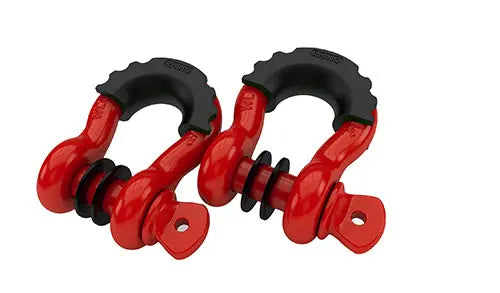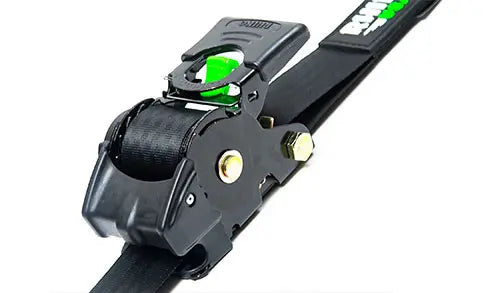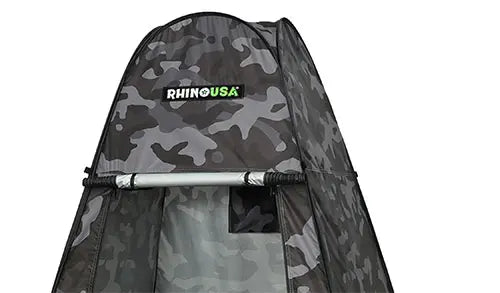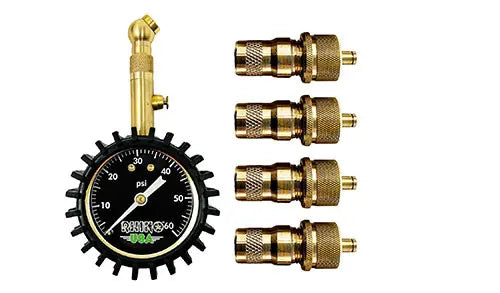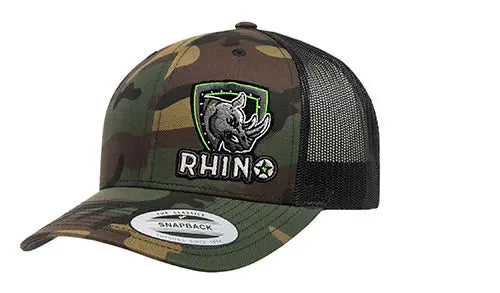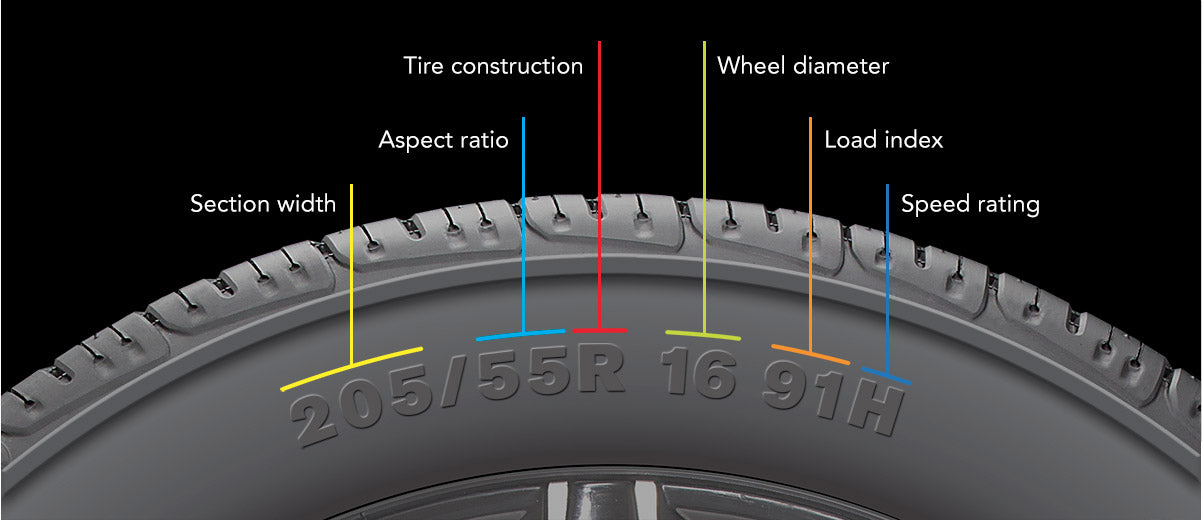
How To Read Tire Size and Choose The Right Tires
Tire size is a complex topic. On the sidewall, some of the numerals are listed in millimeters, while others are listed in inches. Additionally, depending on where you drive and how you drive, your car, light truck, or trailer may need a different tire size.
Your owner's manual or the plaque often found on the driver's glove box door or inside the gas tank hatch can both tell you what car tire sizes you need. This is the tire size that the vehicle manufacturer suggests.
The numbers and other indicators on the sidewall of your current tires are a fantastic place to start if you're interested in replacement tires for performance. We help you choose the correct tire size for your car and understand how tire sizes affect performance with 4x4 and off-roading vehicles.
The tire size sequence
When you consider the tire identification number, you will notice 7 different pieces of information regarding size tire. The tire size meanings go as such:
- The tire type, which refers to passenger tires, light truck tires, and special trailer tires.
- The tire width is a three-digit number.
- The tire's aspect ratio is the combination of car sizes and the two-digit aspect ratio. Typically, lower aspect ratio tires have low profile or tire sidewall. This refers to the measurement from wheel rim to top of the tread. For example, if the aspect ratio is 65, the tire's sidewall is 65% as high as the tire's width. Tire makers calculate the lower or higher aspect ratio tires in inches.
- The construction type. The industry standard is radial construction. Radial tires have better road grip, ride comfort, durability, and gas mileage. The tire's internal ply cords visible in the tire's cross section are perpendicular to the direction of travel. Another construction type is bias constructed tires, or plies that are crisscrossed and not perpendicular to the direction.
- Wheel diameter appears in inches. Ideally, the tire size must fit around the wheel. If you wish bigger tire size and tire width, you may need bigger wheels.
- Load index number corresponds to the tire load index. This shows how much weight a tire can carry when inflated to the maximum air pressure rating.
- Speed rating letter corresponds to the top speed rating that's safe for travel. Higher speed ratings provide more control at faster speeds. The maximum vehicle speed capability is no more than the lowest speed rating when all tires are mounted. Of course, you must follow legal speed limits when you wish to maintain vehicle speed capability. The maximum speed is always considered by the manufacturer to calculate these. Beware; speed rating refers to physical speed rather than legal speed. But when considering speed rating, the driver must always review the legal compliances.
Passenger vehicles, light trucks tires and other vehicles can have tire size charts expressed in P metric or euro metric tires. P metric is the standard established by the tire and rim association for a passenger car.
Featured Product: Rhino USA 86 Piece Tire Repair Kit

The uniform tire quality grading
The UTQG appears on passenger tire for summer and all season categories. Winter tires and motorcycle tires are excluded.
The UTQG refers to:
- Treadwear: The wear rate under controlled conditions. This can give you an indication of the longer tread life under normal conditions.
- Traction grade: This shows wet braking traction test.
- Temperature grade: This shows the tire's resistance to heat under controlled conditions. The temperature grade is established under proper inflation with no excessive load capacity and no excessive speed.
The UTQG is calculated referring to the standard load index for the vehicles. There is no indication of load index capacity for a car or truck. It also doesn't show any speed rating calculations.

How to choose the correct tires
Modern vehicles come with an owner's manual that can be reviewed by tire manufacturers to ensure your vehicles are equipped with the right tire sizes. It is crucial that the tire complies with the recommendations as switching to new tires that don't meet the recommended tire's width, tire sidewall aspect ratio, tire size, load index, and even rim diameter could affect the vehicle handling performance advantages.
Ensuring you've got the right tire for your vehicle
Not all passenger cars are made the same. Therefore, it is essential to refer to the manufacturer's tips regarding your vehicle:
- passenger vehicle
- light duty pickup trucks
- trailers carrying heavy cargo or light cargo
- motorcycle
- passenger car with specific load capacity
- 4x4
Understanding the appropriate tire's load index for your passenger tire
Is there a load limit your tire can carry? The answer is yes, and if you try to carry more than the load index rating, your tire could explode. So, you want to ensure you understand the different load capacity for each tire and the maximum load index for your tire type.
Load Index vs. Maximum Load
Load ratings are represented in two ways: load index and maximum load. The load index is a numerical code that corresponds to a specific weight-carrying capacity, while the maximum load is the actual weight in pounds or kilograms that the tire can support when properly inflated. To simplify, the load index is a standardized system that helps you quickly identify a tire's capacity.
Determining Your Vehicle's Load Requirements
To select the right tires, you must first determine your vehicle's load requirements. This involves understanding the Gross Vehicle Weight Rating (GVWR), which is the maximum weight your vehicle is designed to carry safely. You can find the GVWR in your vehicle's owner's manual or on a placard inside the driver's door jamb.
Once you have the GVWR, you'll need to consider the distribution of weight between the front and rear axles. This will help you determine the load rating required for both your front and rear tires. Keep in mind that different vehicles may have different load ratings for their front and rear tires, so it's essential to check your specific vehicle's requirements.
Selecting Tires with Adequate Load Ratings
When choosing tires, ensure that the load rating of each tire matches or exceeds the weight it will carry. It's advisable to select tires with a load rating that provides some margin above your vehicle's actual weight to account for variations in load distribution and to prevent overloading the tires. If you regularly carry heavy loads or tow trailers, you should choose tires with higher load ratings to accommodate the extra weight.
Consequences of Ignoring Load Ratings
Neglecting load ratings can lead to serious safety issues. Tires that are not designed to handle the weight of your vehicle and its cargo may experience accelerated wear, reduced traction, and an increased risk of blowouts or tire failure, especially under heavy load conditions.
How to read tire size for 4x4

Driving a 4x4 brings a whole new set of challenges and will ultimately require you to consider new tires that can address your needs. Among which, load index, maximum speed, and radial construction are crucial aspects. Beware of opting for excessive tire width or tire size which can affect handling.
Load index with 4x4
Does the load index make a huge difference when you're in an SUV? It can completely transform your experience and performance, especially if you consider towing a heavy load. Make sure your tire size and tire type are fully adjusted to the most relevant load index. Your load index must include potential trailer towing, passenger load, additional cargo.
It's worth noting that radial tires are vulnerable to abuse in overloaded vehicles. This could happen with a 4x4 towing a blocked vehicle, for example. Criss-crossed construction is preferred to radial tire. A radial tire is best suited for a passenger vehicle.
The right tire size for 4x4
All terrain, mud terrain and highway terrain are important differentiation when it comes to tire type. For uneven grounds, all terrain and must terrain are preferable. Tire tread and tire's sidewall height may vary depending on the terrain.
Typically, for off-roading, we recommend selecting a manageable tire size that doesn't affect handling, with a rim diameter no bigger than half the tire height, such as 15 or 16-inch wheel diameter for 33s, or 17-inch rim diameter wheel for 35s.
Lower aspect ratio tires typically show a high performance with better stability laterally. So, when replacing your 4x4 tires, pay close attention to the aspect ratio if you wish to change size.
Different speed ratings tires on 4x4?
We strongly advise against fitting tires with a different speed rating from what you need. Lowering the speed rating to anything less than the manufacturer's recommendation can be counterproductive.
We hope you enjoyed reading about how to read tire size. At Rhino USA we are experts in recovery gear and off-road accessories. Make sure to check out our store to gear up for your next off-road adventure!
 FAQ's
FAQ's
Can I use tires with a different size than what is recommended by the manufacturer?
While it is possible to use tires with a different size than what is recommended by the manufacturer, it is generally not recommended. Using the wrong size tire can affect the handling and performance of your vehicle, and can also increase the risk of accidents, and cause more blowouts. It's important to always use the tire size recommended by the manufacturer, or to consult with a tire specialist to determine the appropriate tire size for your specific vehicle.
How often should I replace my tires?
The lifespan of your tires will depend on a variety of factors, including the type of driving you do, the weather conditions in your area, and the quality of the tires themselves. As a general rule, most tires should be replaced approximately every six years, regardless of their mileage. Additionally, you should regularly inspect your tires for signs of wear and damage, and have them replaced if they appear to be worn or damaged beyond repair.
- Choosing a selection results in a full page refresh.


